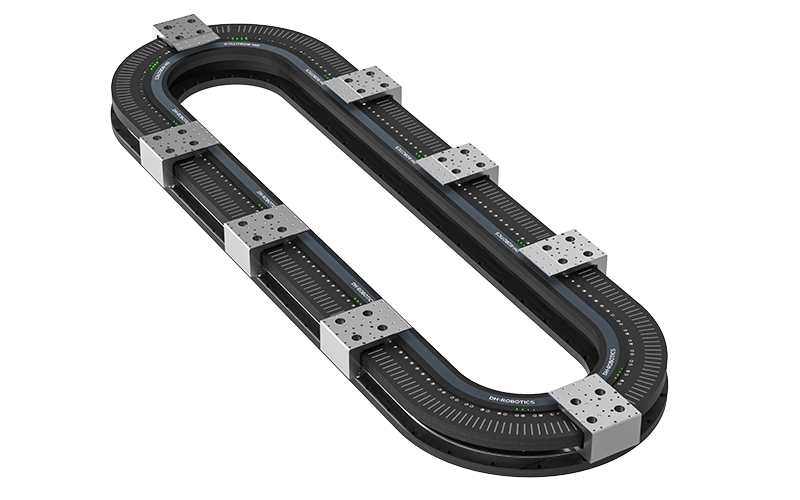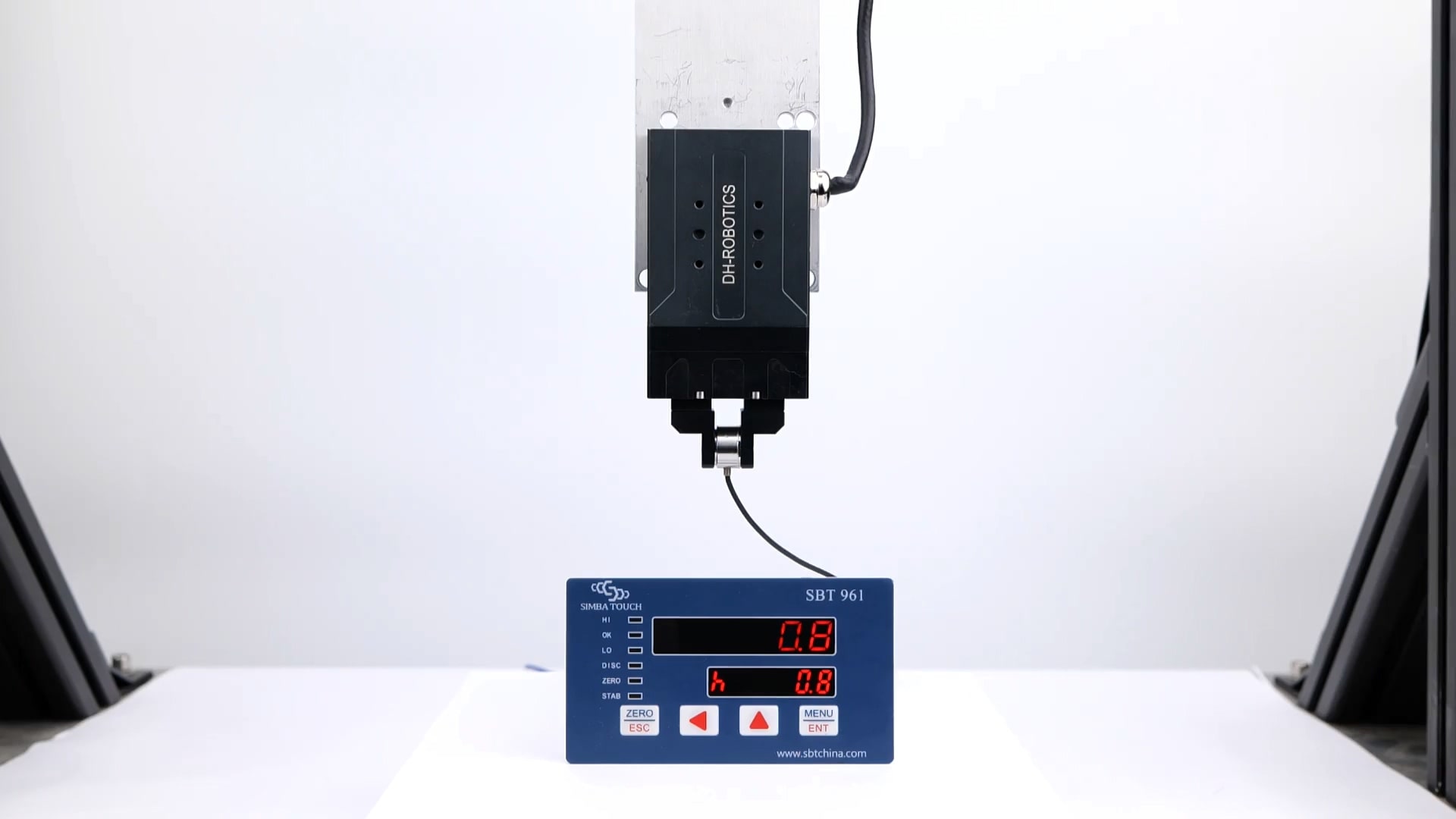Introduction: The Challenge of Precision in Automation
Imagine a factory floor where the precision of robotic arms is vital for efficiency—and yet, failures occur with alarming regularity. This disconnect often stems from the inherent limitations of traditional gripping methods. The introduction of electric grippers promises a more reliable solution, allowing for improved control and versatility during delicate tasks. But what do you actually know about the operational dynamics of electric grippers, and how do they overcome traditional failures? Understanding the unique functionalities of these modern tools is essential for industry leaders grappling with automation challenges.

Body: Understanding Electric Grippers
Traditional Solution Flaws
For years, many industries relied on pneumatic and hydraulic grippers, which, while effective to a degree, present several significant flaws. For instance, pneumatic systems often require constant maintenance and can be sluggish due to pressure fluctuations. Hydraulic systems can be bulky and less adaptable, leading to errors in delicate operations—just think of the mess and time wasted due to inconsistent gripping force. Why do failures always occur during crucial production phases? The answer often lies within the limitations of traditional gripping technology.

New Technology Principles
Electric grippers, on the other hand, offer a paradigm shift. Operating through direct current and employing servomotors, these devices boast impressive adaptability and responsiveness. They can easily adjust gripping force—allowing for seamless transitions between materials of varying weights, shapes, and textures. With built-in sensors, they provide real-time feedback, reducing operational errors dramatically. Look, it’s simpler than you think! By integrating compliance features, electric grippers enhance reliability and user confidence, liberating industries from the inherited flaws of their predecessors.
Quantified User Benefits
Evidence of the advantages electric grippers bring is compelling. Users have reported up to 40% increases in productivity—the ability to perform tasks at a quicker pace while maintaining exceptional precision cannot be overlooked. Furthermore, reduced maintenance costs and energy consumption pave the way for a more sustainable operation. As industries move towards more eco-friendly practices, the shift to electric technology is overwhelmingly beneficial. Such quantifiable benefits highlight why electric grippers are rapidly becoming the standard in various sectors.
Conclusion: Evaluating Your Options
When it comes to choosing the right automation solution, it is vital to keep your wits about you. Always verify these three metrics when selecting electric grippers: ① Operational compatibility with existing systems ② Performance metrics—velocity and gripping range ③ Long-term reliability and maintenance costs. By prioritizing these factors, you’ll ensure a future-proof investment that not only enhances productivity but also drives sustainable practices in your operations.
Exploring Electric Grippers in Depth
As industries evolve, so too does the necessity for efficient and precise handling solutions. Electric grippers have emerged as a vital element in this transformation, offering an elegant solution to the pressing challenges faced by traditional gripping systems. By eliminating the myriad drawbacks associated with pneumatic and hydraulic alternatives, they allow robots to operate with greater agility and accuracy. Beyond just efficiency, embracing electric technology positions businesses to adapt more readily to market demands, thus fostering growth in competitive landscapes.
The Advanced Capabilities of Electric Robot Grippers
Delving deeper into this realm, electric robot grippers play a crucial role in elevating workplace standards. These devices not only excel in gripping but also boast advanced features, such as intelligent control systems that enable seamless integration with various robotic architectures. Their versatility is unparalleled, allowing for application across multiple sectors—from manufacturing to healthcare. The precision and adaptability facilitated by electric robot grippers significantly enhance operational efficiency, driving automation towards an increasingly promising future.
In summary, as industries continue to seek innovative solutions to traditional hurdles, electric grippers stand out as a leading option. With significant performance benefits and versatility, opting for established manufacturers like DH-Robotics, known for their reliable supply advantages, can streamline your automation journey. Understanding and integrating these elements into your operations can not only improve productivity but also ensure you’re at the forefront of modern technology trends.


